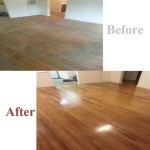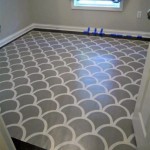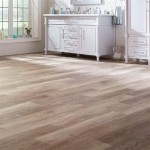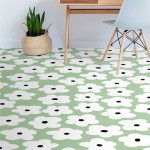Unfinished hardwood flooring offers a unique and beautiful look that can add value to any home. It is available in a variety of woods, styles, and finishes, and can be a great choice for those who want a natural, classic look. This article will explain the benefits of choosing an unfinished hardwood floor, the types of unfinished flooring available, and how to care for your new floor.
The Benefits of Choosing Unfinished Hardwood Flooring
Unfinished hardwood flooring has many advantages. It is more affordable than pre-finished flooring and gives you the opportunity to customize the look and feel of your floor. You can choose the type of wood and the finish that best suits your home. The floor can also be sanded and refinished down the road, so if you ever want to change the look of your floor, it’s easy to do.
Unfinished hardwood flooring also has a more natural, classic look than pre-finished flooring. The wood’s natural beauty is showcased, and you can choose the exact stain, color, and finish that you want. Unfinished floors also tend to last longer, as they can be sanded and refinished multiple times over the years.
Types of Unfinished Hardwood Flooring
The type of wood you choose for your hardwood floor will depend on your personal preference and the size of your budget. Common options include oak, maple, cherry, walnut, and hickory. Each type of wood has its own unique grain and color, so you can choose a floor that best suits your home.
You also need to consider the thickness and width of the boards. Thicker boards tend to be more durable, while wider boards create a more spacious look. You can choose from boards that are as thin as ¾ inch or as thick as 2 inches.
How to Care for Unfinished Hardwood Flooring
Caring for your unfinished hardwood floor is relatively easy. Regular sweeping and vacuuming will help keep it clean. You should also use a damp mop for deeper cleaning, but make sure to use minimal water. Too much moisture can cause the wood to swell, warp, or buckle.
You should also avoid using harsh chemicals, such as bleach or ammonia, as these can damage the wood. When it comes to spills, you should act quickly to blot up the liquid with a dry cloth. For tougher stains, you can use a wood cleaner made specifically for hardwood floors.
Installation of Unfinished Hardwood Flooring
Installing unfinished hardwood flooring can be tricky, so it is best to hire a professional installer. The installer will measure the room and determine the best layout for the floor. They will also inspect the subfloor, install the flooring, and apply a sealant or polyurethane to protect it.
The installation process can take anywhere from a few hours to a few days depending on the size of the room and the complexity of the job. It is important to take your time and follow the installer’s instructions to ensure a quality installation.
Conclusion
Unfinished hardwood flooring offers many advantages, from affordability to customization. It is available in a variety of woods and thicknesses, and can be a great choice for those who want a natural, classic look for their home. With proper installation and care, your unfinished hardwood floor can last for years to come.















Related Posts








